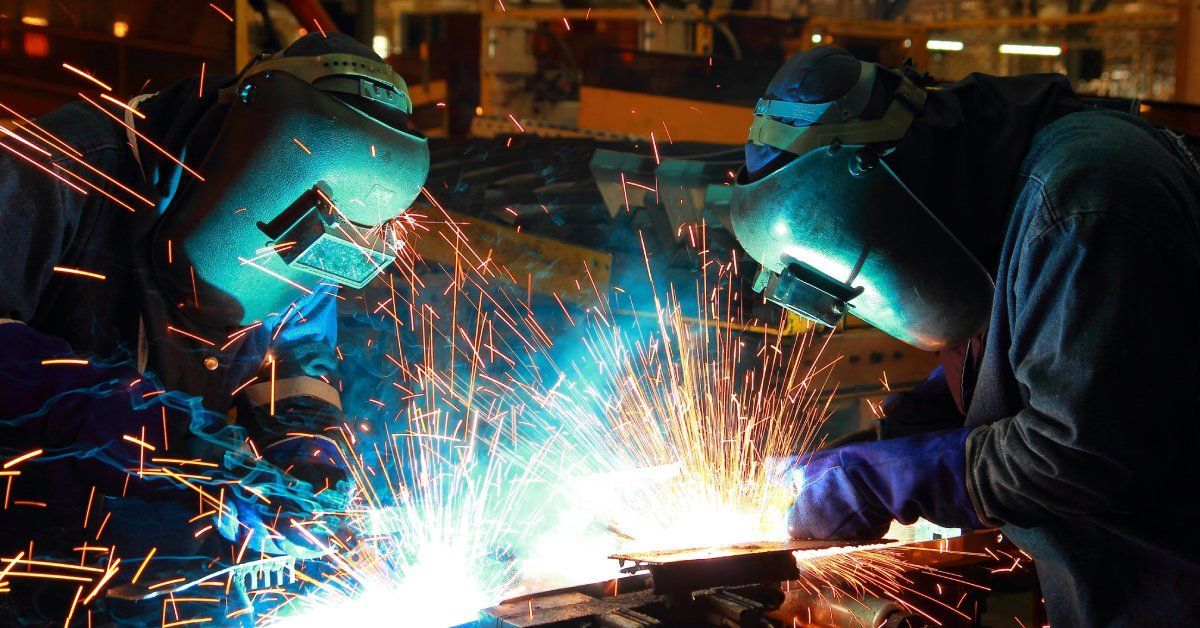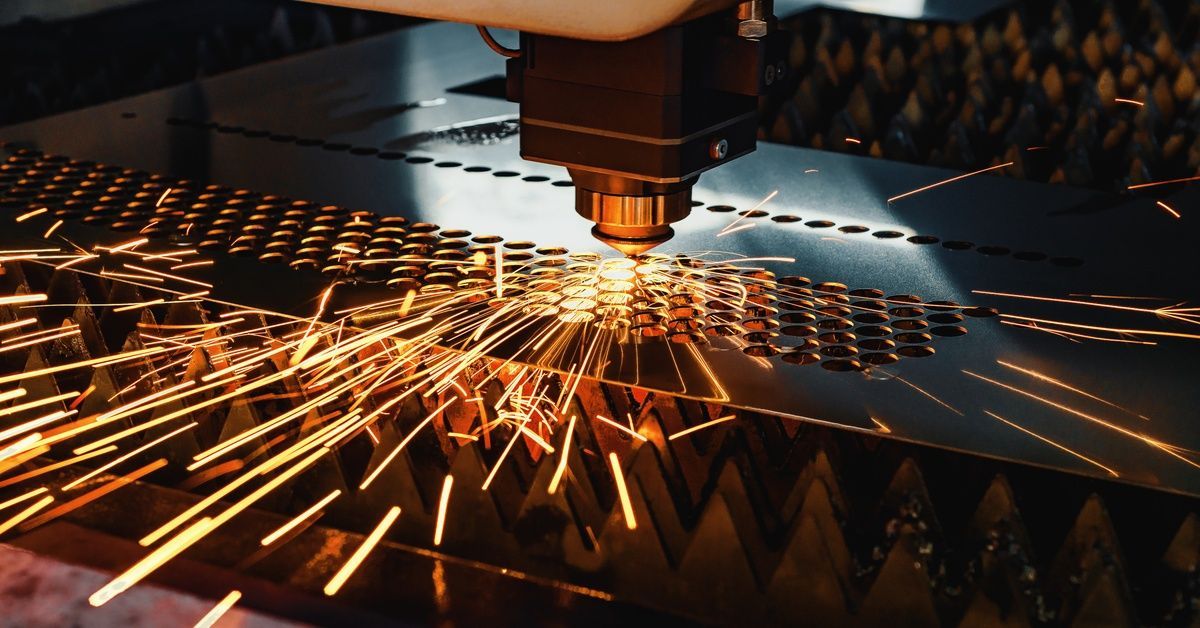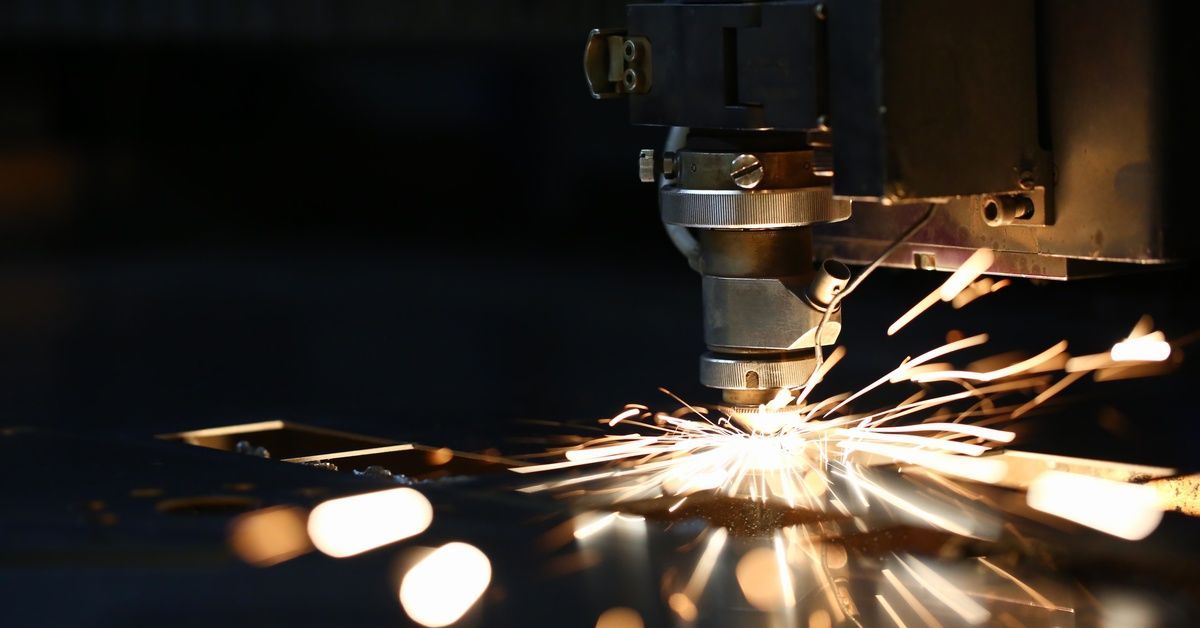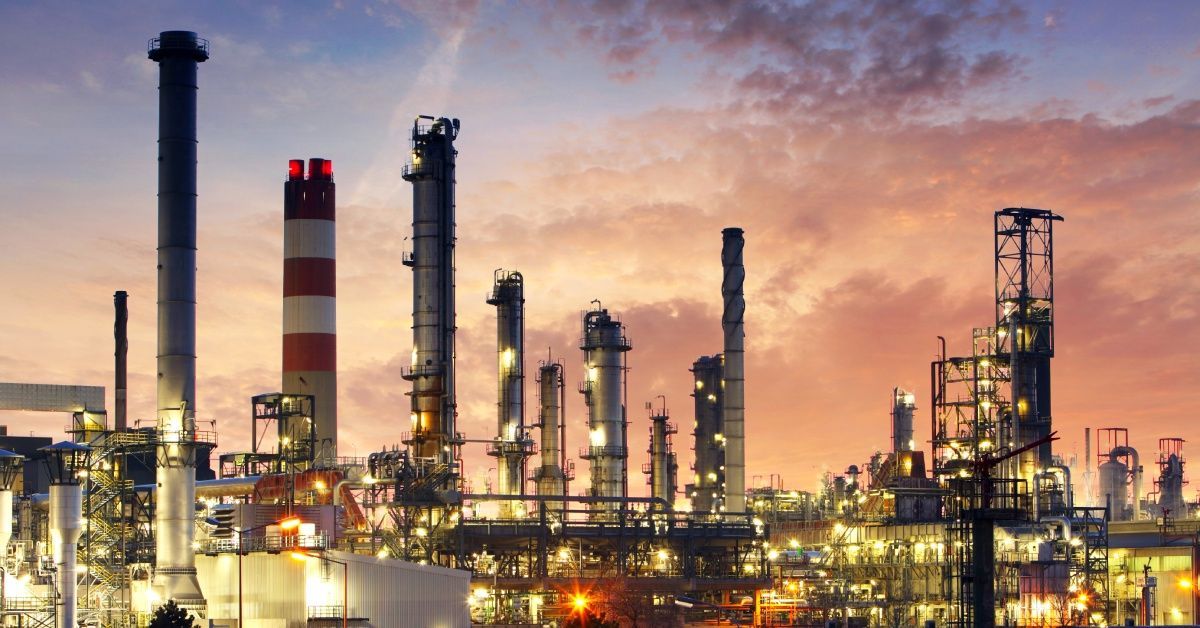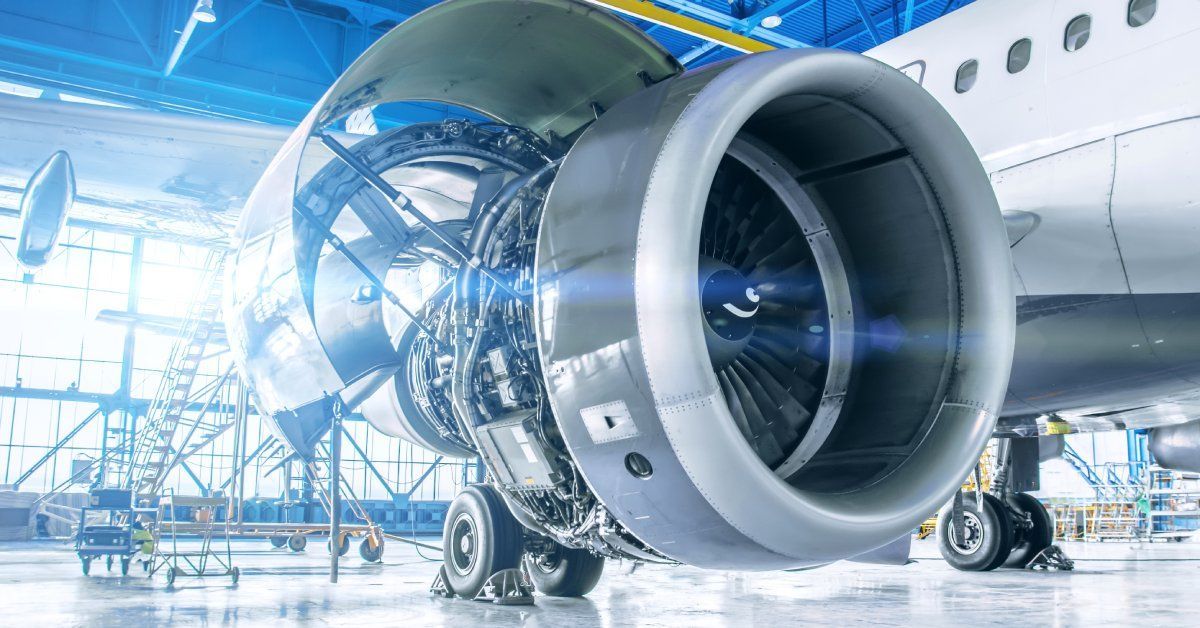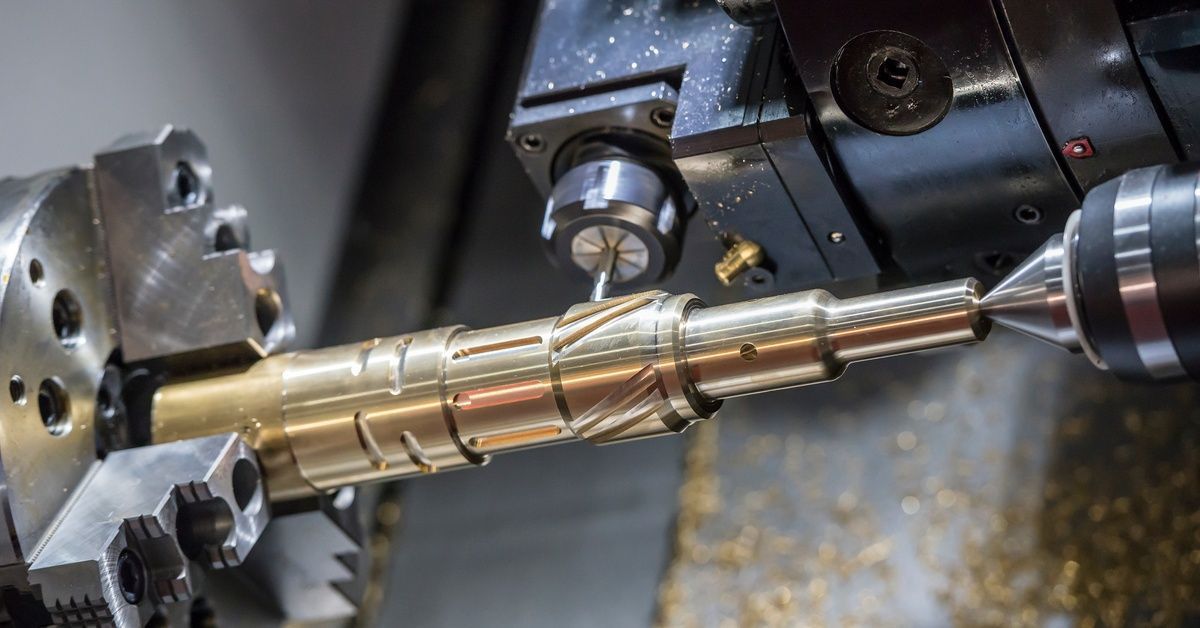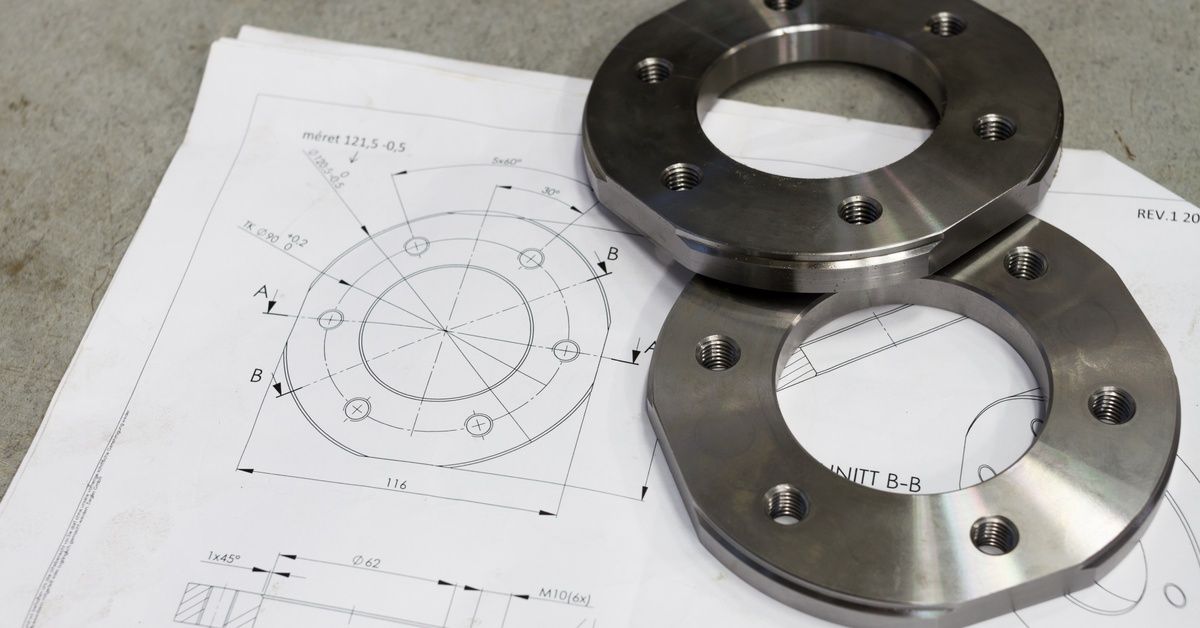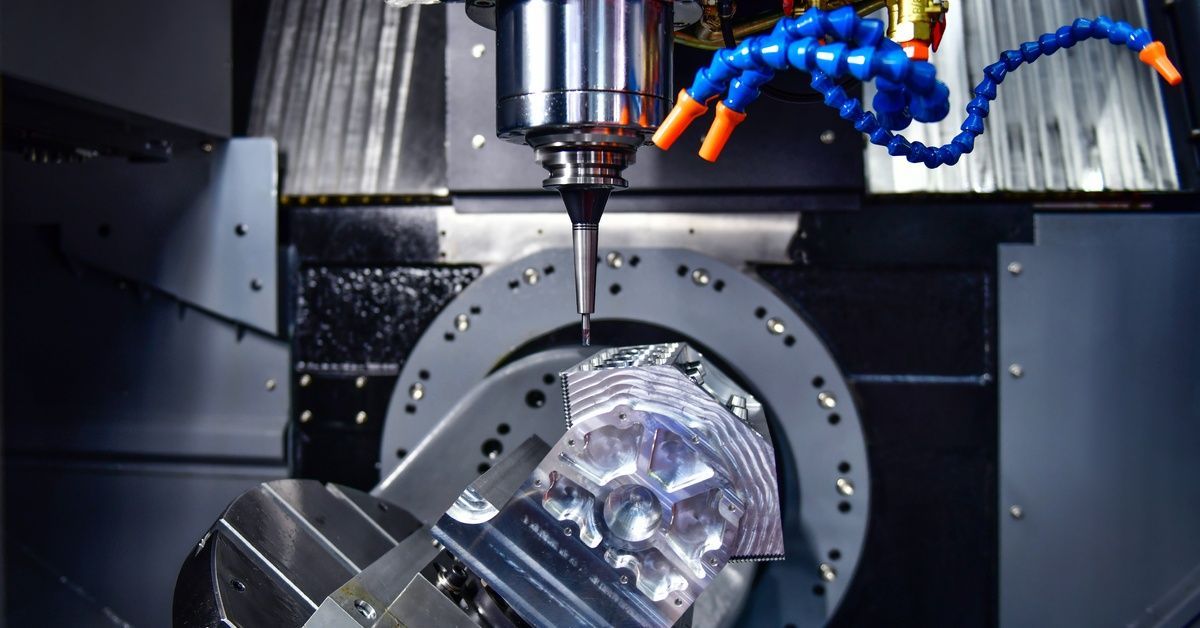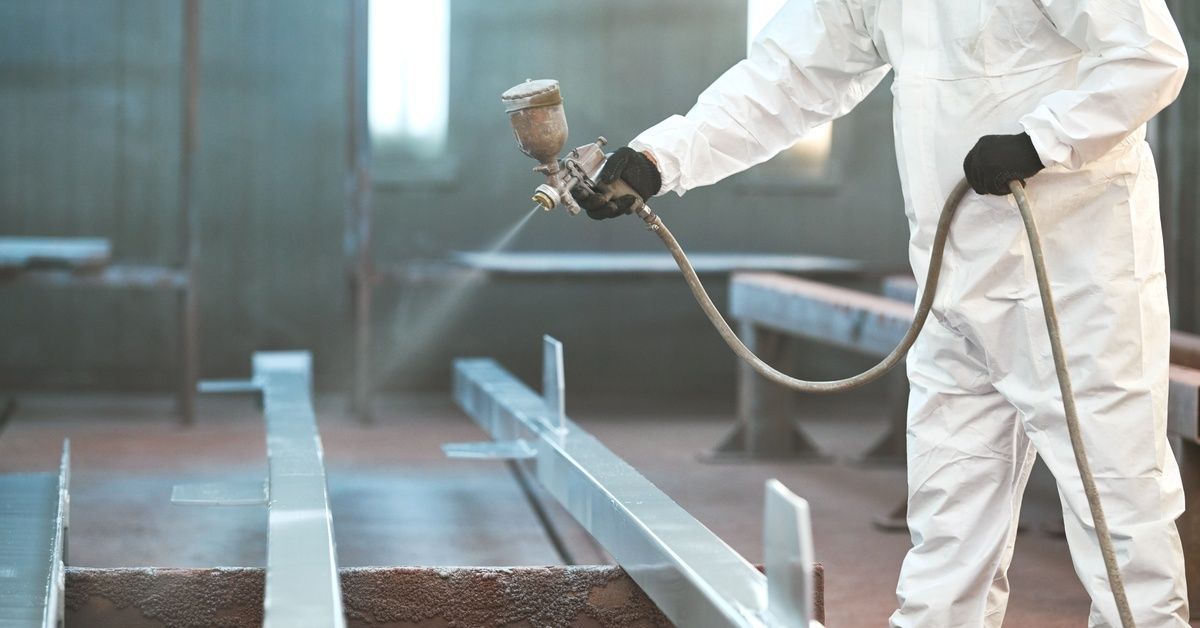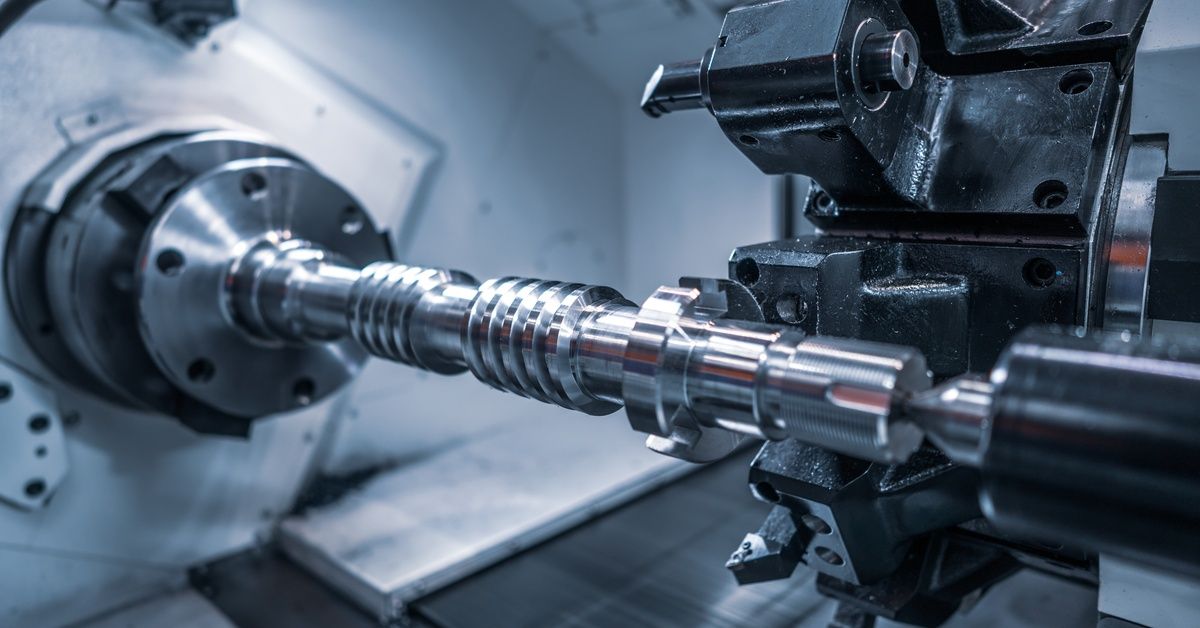The Future of Metal Fabrication: 10 Trends To Watch For
Metal fabrication has long been a cornerstone of industrial development, providing the frameworks, tools, and structural components for everything from skyscrapers to automobiles. Its role in shaping modern technology and infrastructure cannot be overstated. However, as industries enter a new age of innovation, metal fabrication is also evolving at a rapid pace.
This post explores the past, present, and, most importantly, the future of metal fabrication, with a focus on the 10 trends to watch for that are set to redefine the industry. No matter your area of expertise, these insights will give you a deeper understanding of where this essential industry is heading and how it could impact your work.
A Brief Historical Overview
Metal fabrication has been around since ancient times, with rudimentary methods dating back to the Bronze Age. Over centuries, blacksmithing gave way to revolutionary processes like casting, welding, and machining. The Industrial Revolution then transformed metalwork with the introduction of mass production, mechanized tools, and standardized parts.
By the 20th century, advancements in materials science and automated equipment had made metal fabrication faster, safer, and more efficient. Despite these accomplishments, the industry’s reliance on traditional techniques has left some areas ripe for disruption, leading us to the present.
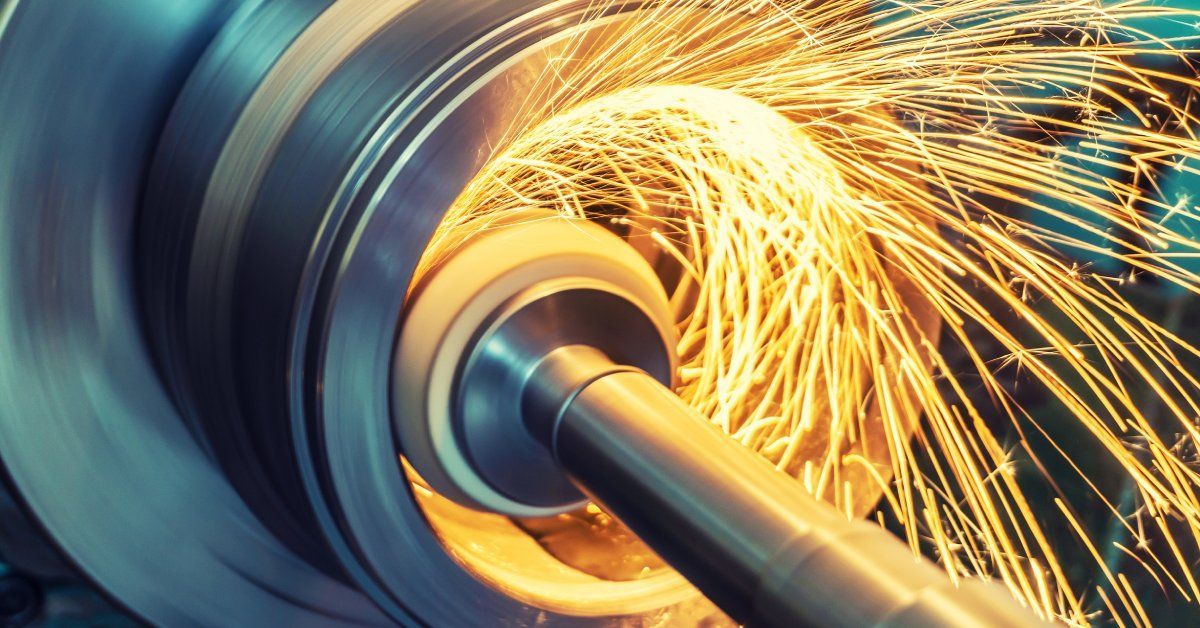
Understanding the Current State of Metal Fabrication
Today’s metal fabrication is a blend of manual artisanship and advanced automation. The process involves key players across various industries, using complex processes like laser cutting, CNC machining, and robotic welding to produce precise, high-quality components.
That said, the industry faces challenges. Rising raw material costs, a growing shortage of skilled labor, and increasing environmental regulations are some of the factors pressuring fabricators to find innovative solutions.
At the same time, advanced technologies like 3D printing and AI-driven design tools are enhancing productivity in ways that were unimaginable just a decade ago. These innovations form the bridge between traditional practices and the trends we’re seeing today.
The Future Is Now: 10 Metal Fabrication Trends To Watch For
What does the future hold for metal fabrication? Here are 10 trends transforming the industry.
1. Automation and Robotics
Robotic systems are becoming integral to metal fabrication, especially for repetitive tasks like welding, cutting, and assembly. By reducing human error and speeding up production, automation allows companies to meet increasing demand with precision.
2. Advanced Materials
From lightweight aluminum alloys to ultra-strong carbon composites, new materials are driving innovation in metal fabrication. These materials are not only stronger and more versatile but also eco-friendlier, a critical factor for industries aiming to reduce their carbon footprint.
3. Additive Manufacturing (3D Printing)
3D printing is revolutionizing metal fabrication by enabling complex geometries that were previously impossible to produce. This trend is particularly important in aerospace and health care, where custom components are in high demand.
4. Artificial Intelligence (AI)
AI plays a key role in predictive maintenance, quality control, and process optimization. Machine learning algorithms analyze enormous datasets to predict equipment failure or make real-time adjustments that improve production efficiency.
5. Smart Factories and Internet of Things (IoT) Integration
The rise of the Industrial Internet of Things (IIoT) has led to the creation of “smart factories” where connected devices communicate seamlessly to optimize production. From monitoring inventory levels to improving energy efficiency, IoT is making fabrication smarter and leaner.
6. Sustainability Initiatives
Green manufacturing practices, such as recycling waste materials and using energy-efficient machinery, are becoming standard. With governments imposing stricter environmental regulations, sustainability will only grow in importance.
7. Compact, Flexible Equipment
The move toward smaller but highly flexible machines is allowing fabricators to handle custom jobs without needing to invest in large-scale, costly equipment.
8. Cloud-Based Software Solutions
Cloud computing is making it easier for companies to collaborate on designs, share data securely, and access cutting-edge modeling software remotely.
9. Modular Construction
The construction industry is seeing a shift toward modular components, which are built in a factory setting and then assembled on-site. This approach is saving time and reducing costs, and metal fabrication is essential to this process.
10. Advanced Welding Technologies
Innovations like laser beam welding (LBW) and friction stir welding (FSW) are allowing for stronger, cleaner joints. These techniques are particularly valuable in industries like automotive and aerospace, where precision and durability are critical.
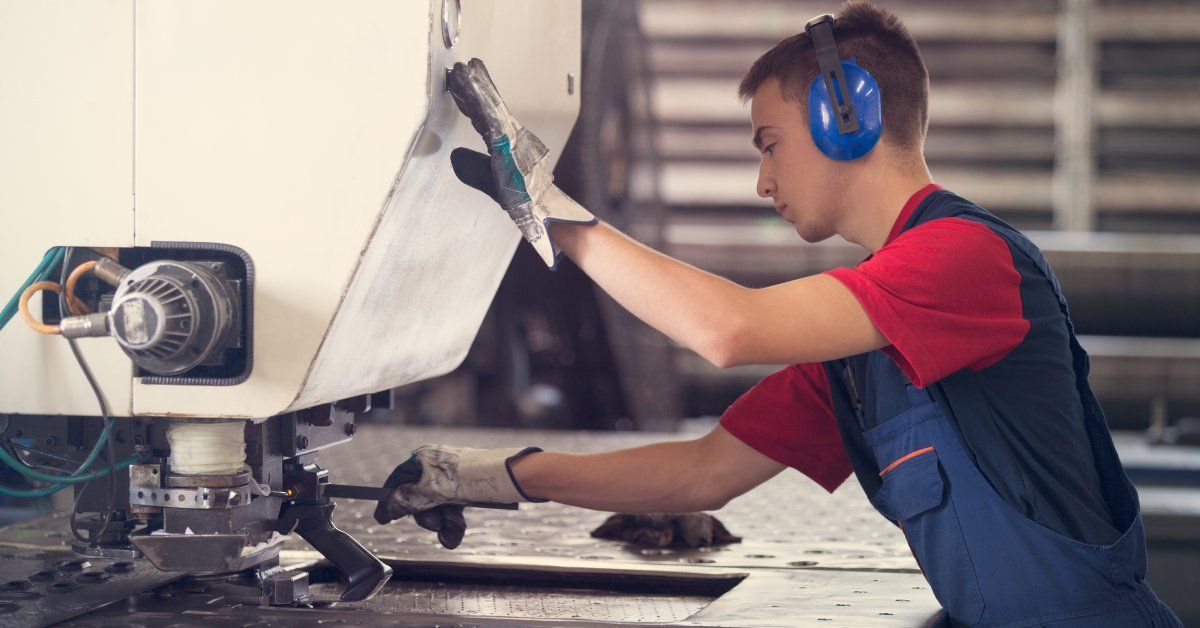
Implications for Key Industries
These trends are poised to impact several industries. Here’s more information on what to expect.
Aerospace
The aerospace industry will benefit from lightweight materials and 3D printing technologies to produce complex components that improve fuel efficiency and reduce overall weight. These trends support the development of more advanced, sustainable aircraft designs.
Automotive
Automotive manufacturers are embracing AI-driven technologies to streamline their supply chains and optimize production processes. The integration of modular components into electric vehicles (EVs) allows for greater flexibility and scalability in manufacturing, promoting sustainability and reducing carbon emissions.
Construction
The construction industry is experiencing a shift toward smart factories and modular construction processes. By utilizing these advancements, construction companies can meet the growing demand for sustainable urban development while reducing project timelines and costs.
Manufacturing
The manufacturing sector is leveraging advanced welding technologies, such as LBW and FSW, to achieve stronger, leaner joints in the production of various components. These techniques enhance product quality, durability, and precision, leading to improved overall manufacturing outcomes.
Energy
The energy industry is embracing technological advancements to enhance efficiency and sustainability. The adoption of renewable energy sources, smart grids, and advanced monitoring systems enables the generation and distribution of cleaner, more reliable energy, which contributes to a greener future.
These trends highlight the profound impact of technological advancements on key industries, paving the way for innovation, efficiency, and sustainability in the global marketplace.
Challenges and Opportunities
Of course, these advancements don’t come without hurdles.
Challenges:
- High upfront costs for automation and AI systems.
- A steep learning curve for integrating new technologies.
- Balancing innovation with compliance to meet environmental standards.
Opportunities:
- A chance to develop specialized expertise in emerging areas like AI-driven design and additive manufacturing.
- Enhanced customer satisfaction through faster turnaround times and higher-quality products.
- The ability to stay competitive in a rapidly evolving global marketplace.
The companies that succeed in overcoming these challenges will be the ones that adapt quickly, invest in ongoing training, and maintain a forward-thinking culture.
Adapting to the Future of Metal Fabrication
Metal fabrication is the backbone of modern technological development. Its advancements over the years are a testament to the constant drive for innovation, efficiency, and sustainability. Whether you’re a business leader, equipment manufacturer, or just someone interested in industrial technologies, staying abreast of these 10 trends to watch in the future of metal fabrication can only help. Adopting and understanding them early on can set you on a path to success in the years to come.
Ready to discover for yourself how these advancements can elevate your operations and help you stay ahead of the curve? H&H Machine Service is your reliable partner. We’re here for you no matter how much the manufacturing sector changes. Our custom machine services are designed for flexibility and adaptability, giving you the edge in even the most crowded markets.

